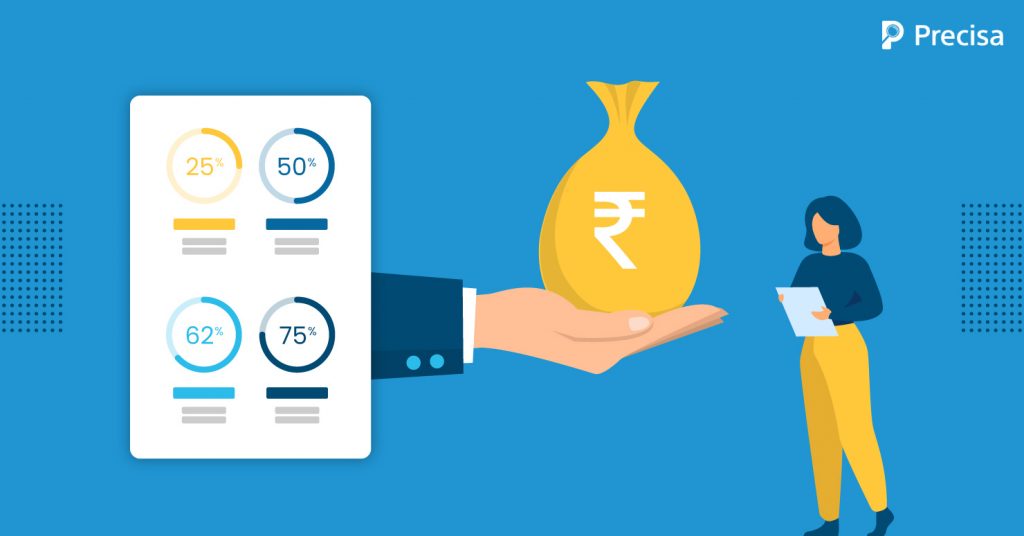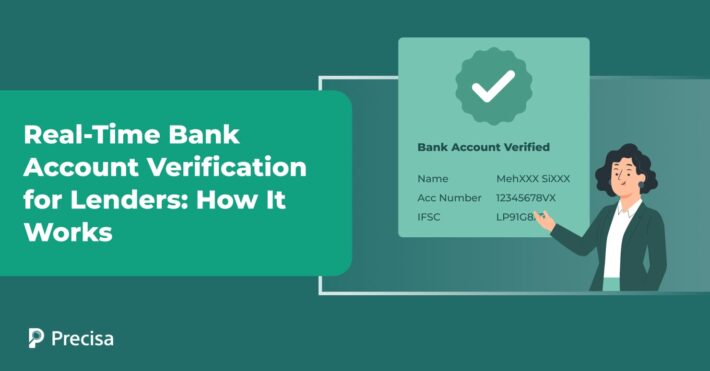7 Major Lending Trends to Look Out For in the Wake of COVID-19

The pandemic has not only redefined public health concerns but also shuffled economies. Even when lockdowns wane, consumers struggle to regain a foothold on finances and cut back on discretionary spending. Consequently, newer lending trends in sync with time are bound to rise.
Digital financial services, for instance, are in the spotlight due to the COVID-19 pandemic and social distancing protocols. As a result, governments can disburse funds faster and effectively through digital finances and provide digital payment and financing solutions for numerous individuals and businesses in need.
In such a situation, what does the future of lending look like? For example, will the pandemic-induced liquidity crunch push more lending?
One thing is for sure; digital lending is a consistently growing segment in India. According to a Statista report, it grew from $ 9 billion in 2012 and is expected to reach around $ 350 billion by 2023.
However, it is interesting to note that the fintech startups and NBFCs have brought on significant digitisation in lending. So, will consumers alter their lending needs in the face of pandemics, or will they not? Let’s find out.
Seven Lending Trends that Will Shape the Future
Here are the leading trends that are expected to be game-changers in the industry:
1. Comprehensive Digitisation
While the legacy lending institutions were contemplating digital transformation, the pandemic has hastened this situation as the need of the hour. Building digital infrastructure has become a priority for the banking sector due to volatile demand, complex regulatory requirements, increasing customer expectations, and rising operational costs of the traditional banking system.
Hence, the lending institutions will streamline their operations using technology and automation. Automated and digitised platforms offer a faster loan disbursal life cycle with a unified dashboard.
2. Rising Fintech Players
The fintech players have been entering the lending space in more significant numbers than ever before. The biggest targets of these lenders are small and mid-size businesses. For instance, eCommerce giant Amazon’s lending program allows for easy approval of working capital loans funded by the tech giant itself.
There has been a tremendous rise of fintech players in the past few years. Of more than 2100 fintech currently operating, over 67 % have come up in the last five years alone, as per a report released in March 2021 by Boston Consulting Group.
The fintech players have managed to surge ahead with their quicker, shorter, and transparent loan approval process during and after the pandemic. This can make the difference to startups and MSMEs desperately looking to augment their cash flows that cannot avail a traditional loan.
The neo-fintech players will continue to capture the MSME businesses with the innovative digital lending platform as it is expected to continue growing at a CAGR of 22 %.
3. Omnichannel Lending for Operational Flexibility
The bottlenecks applicants face in getting the loan approved from traditional lenders drive people to digital lending platforms that are hassle-free and quick. In today’s time of instant gratification, potential borrowers are looking for a seamless connection with the lender through whatever channel they want to use to communicate, be it a smartphone or a branch office.
Borrowers can now avail of a loan without having to visit a bank branch. Organisations can now process the entire loan life cycle without manual interaction with automated and digitised lending platforms and sans paperwork. The banks partnering with tech companies for services will be one of the significant lending trends in the coming time.
4. Leveraging Data Analytics for Efficient Solutions
Lending trends signify an adoption of data analytics and intelligent automation to address altered underwriting and credit decisions. Institutions are fast adapting Machine Learning (Ml) and Artificial Intelligence (AI) tools to transform captured data and gather more meaningful insights on credit scoring.
The Gartner research says 75% of companies will shift to AI-based technologies by the end of 2024. A massive amount of data helps generate a 360-degree view of applicant credit life cycles, transaction history and assess the fraud risk to make informed lending decisions.
5. Changed Customer Profile
Gen Z is the generation that has since birth seen a world connected to the internet. They always turn to technology for solutions. The era is more likely to fund purchases through a loan than using a credit card.
This lending trend is preferred not only by the digital natives but the traditional banking customers as well, who are also taking advantage of digital borrowing solutions.
The pandemic forced people to stay in their homes. This has led people who were otherwise averse to online purchasing to move out of their comfort zone into the world of contactless payments and online purchases. In addition, lenders can now touch more lives with their streamlined and speeded up loan application and approval process.
6. Enhanced Credit Scoring System
Due to the current uncertainty and increase in non-performing assets, risk-averse lenders like banks are looking for more information like applicant repayment behaviour and credit history.
Due to credit documentation, high interest rates, and prolonged loan decision-making times, MSMEs cannot access loans. Moreover, with the traditional banking system, most of the MSMEs remain out of the net. Thus, the lending industry is moving towards data-driven credit scoring models. These methods improve accuracy, reduce the time and costs of loan servicing.
7. Increased Disbursal of Small Ticket Loans
People will prefer small loans in the wake of financial distress triggered by pandemics such as salary cuts and job loss. They will usually seek small loans for medical emergencies or immediate financial needs.
Traditional banks are wary of giving small loans because of smaller profit margins and high underwriting costs. Additionally, many applicants, including generation Z, do not have good credit history or documentation.
But new-age lending institutions are willing to offer smaller loans, for example, Buy Now Pay Later (BNPL) loans, usually for consumer purchases or emergencies. This will increase the disbursal of smaller loans.
In India, the tremendous rise of apps like Dhani, KreditBee, Simpl, ZestMoney — all of which are BNPL and lending NBFCs — is a testimony of the increasing demand for small ticket loans. They have hundreds of thousands to millions of downloads on app stores.
Upheavals for good?
For lending, many upheavals are expected in the coming years. Enabling the right borrower experience is critical today while the regulatory and compliance environment is here to stay. At the same time, competitive pressure and disruptions are building. In the wake of covid 19, the lending trends are moving to digitisation from “nice to have” to “must-have”, and this will continue.
Precisa offers high-value research and tech solutions for supporting your financial needs. We provide faster, more straightforward, and cost-effective lending solutions aided by a complete suite of AI integrated technology. Reach out to us today!



